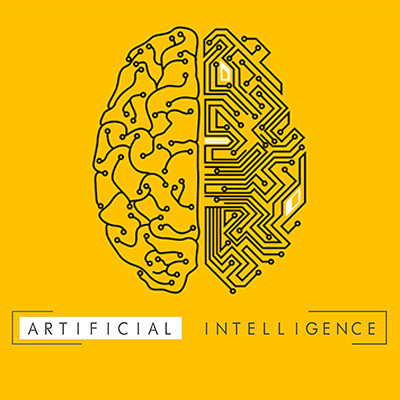Directive Blogs
What Should You Expect out of Artificial Intelligence?
AI has been a hot topic in recent months and years, which only makes sense. Not only has it been used in more public applications, but it has also caused a bit of controversy as it seems to “compete” with people. Back in September, art made by using an artificially intelligent platform caused a stir by winning an art competition, and workplace fears of a computer taking one’s job have seemingly become more well-founded than ever.
All that being said, AI has advanced to the point where smaller businesses and individuals can take advantage of its capabilities—something that you may be doing even now. Let’s discuss some of the most common modern uses of artificial intelligence in the workplace, and how they foreshadow what could very well be next in workplace AI.
AI Helps to Automate Processes that Do Little But Eat Up Valuable Time
In fairness, process automation isn’t exactly a new thing—people have been figuring out how to automate aspects of their workload since the advent of the wheel and agriculture. Having said that, artificially intelligent tools can adapt to new information, unlike most of the process automation we’ve seen in the past.
Most of the automation we’re accustomed to seeing in the workplace today can be defined as process automation, as it effectively takes care of tasks that would otherwise require human time and attention to be completed. In deploying tools that utilize artificial intelligence to carry out processes, your human resources are freed up to attend to other responsibilities that require a more human creative process.
AI Helps Generate Insights Quickly and Effectively
Businesses thrive on data—the more of it that is properly organized, the better. Obtaining, organizing, and analyzing this data, however, is a job that many businesses find to be prohibitively time-consuming and error-prone.
The algorithms that artificially-intelligent tools rely on can and do make this procedure much more attainable on all fronts. Not only can data be compiled and arranged far more expeditiously, but modern programs can then take that data and infer valuable predictions based on it. In short, an AI can often see patterns that a human can’t, giving the human putting the AI to use actionable data that generally results in better outcomes.
AI Helps Improve Customer and Client Communications
Who would you rather work with: a business that repeatedly asks you to provide the same details and statistics about your business each time you reach out to them, or a business that uses what it knows about you from your past interactions to create a more accurate and personalized experience for you? If you’re anything like me, you’ll want to work with a company who knows who they are talking to and what you generally want from them—it saves time and makes your experience far less stressful. Various forms of AI are more often being used to either provide these kinds of answers, or support human employees as they work to do so.
This is what is known as cognitive engagement, and it serves as a key source of customer service capabilities and streamlining processes. In the medical field, a physician can focus more on patient care, confident that the treatment plan an AI serves up will fit a patient’s needs properly. Businesses could use this kind of AI to handle some of its communications, too, whether that’s through setting up an artificially intelligent chatbot to field basic support questions at all hours, or using it for internal communication and engagement.
In No Uncertain Terms, AI Can Be Useful Just About Everywhere…
…and we predict it may very well be! The best part is, there are many ways you could be using some version of AI in your processes right now. Give Directive a call at 607.433.2200 to learn more about how we can help make your business’ IT work a little harder for you!


